SCIF Construction-are Standards Meetable?
SCIF Construction-are Standards Meetable? Sensitive Compartmented Information Facilities (SCIFs) must be built to very strict standards! SCIF security requirements and construction specs are based on many factors. Included in the list are facility purpose, surveillance risk, and physical location of the SCIF. Sensitive information exchanges, sound damping, and Personnel security are also important parts of the equation. The final assessment will be made by Accrediting Officer (AO) and Site Security Manager (SSM), determining technical measures for each SCIF application. The Project’s Certified TEMPEST Technical Authority (CTTA) will assess the requirements, providing RF Shielding requirements and design. TEMPEST is a National Security Agency (NSA) specification and NATO certification that refers to monitoring information systems for leaking emanations, including unintentional radio or electrical signals, sounds and vibrations.
SCIF Construction-are Standards Meetable? In an informative article on SCIF construction in In Compliance Magazine June 2022, ETS Lindgren’s Joel Kellog writes: A SCIF constructed to the requirements of ICS/ICD-705 will often not achieve the NSA standard 94-96 RF Shielding Performance. The ICS/ICD -705 construction standard typically results in shielding material perforations, degrading the shielding performance below the shielding requirements required by NSA 94-96. The requirements of construction seem to make the requirements of RF Shielding performance impossible to attain! This makes achieving RF security as impossible to attain as floating a leaky boat!
SCIF Construction-are standards meetable? Given the way the standards are mutually exclusive, meeting the standards seems unattainable. The big trouble areas are electrical and other wiring should be carrying filtered power or else metal electric wires will act as antennas, coupling with internal RF to the outside. RF Shielded windows typically are not adequate in RF shielding compared to shielded walls, resulting in poor performance. Fiber optic cables passed through wave guides might offer a solution for secure communication. Avoiding penetration of the RF shielding materials, particularly by conductive materials (plumbing and wiring) is paramount! Currently, there is no RF Door on the market that meets the acoustical and security requirements for a SCIF and RF Shielding performance required by NSA-94-106. The standards should be modified so that it is possible to construct an effective SCIF!
V Technical Textiles, Inc.
www.vtechtextiles.com
info@vtechtextiles.com
(315)-597-1674 Phone
(315)-597-6687 FAX
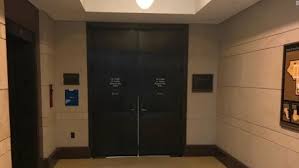

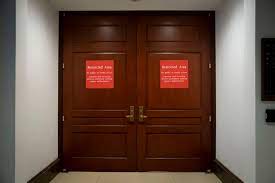

Experience, Research, Dedication, and Commitment

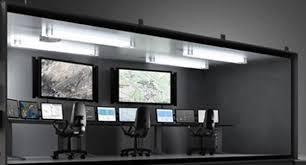
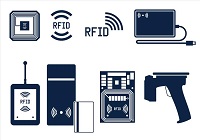

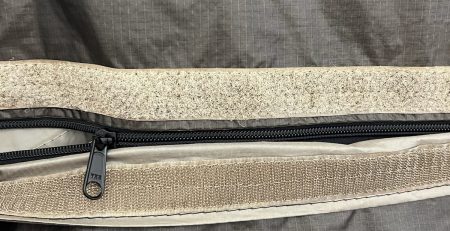
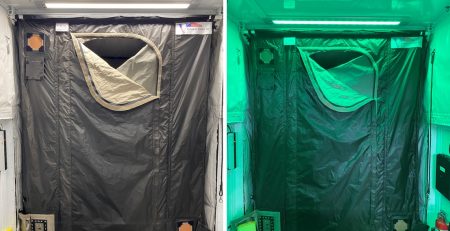
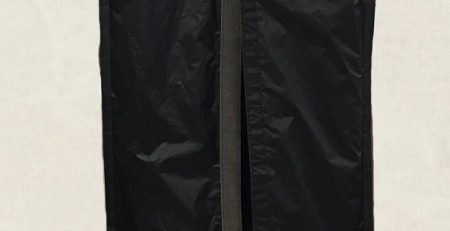
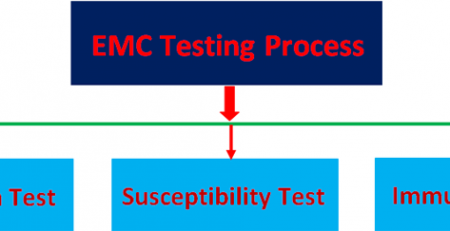



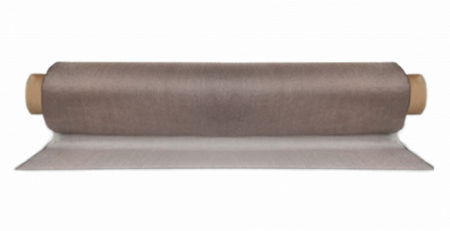

Comments (2)
The test standard you should reference is NSA 94-106 not NSA 94-96. With that, while I agree that most construction methodology does degrade the shielded enclosure below the PASS criteria found in NSA 94-106, each project has individual requirements and IEEE 299 testing is usually used instead anyway. Not ever building needs an attenuation of 80dB+ after all. Facilities are built regularly meeting the requirements of ICD-705 and there are numerous manufacturers that produce shielded and acoustic doors that meet the technical security requirements. There are many things that I disagree with in the standards and many things should be changed, but it’s foolish to say that the standard cannot be met and therefore should be changed. The standards are achievable.
Thanks for your comment on the SCIFs….you were the only one who commented, I know that SCIFs are built, just not sure whether they were being built in a “good enough” fashion or whether the standards are being met! Thanks again for your input!